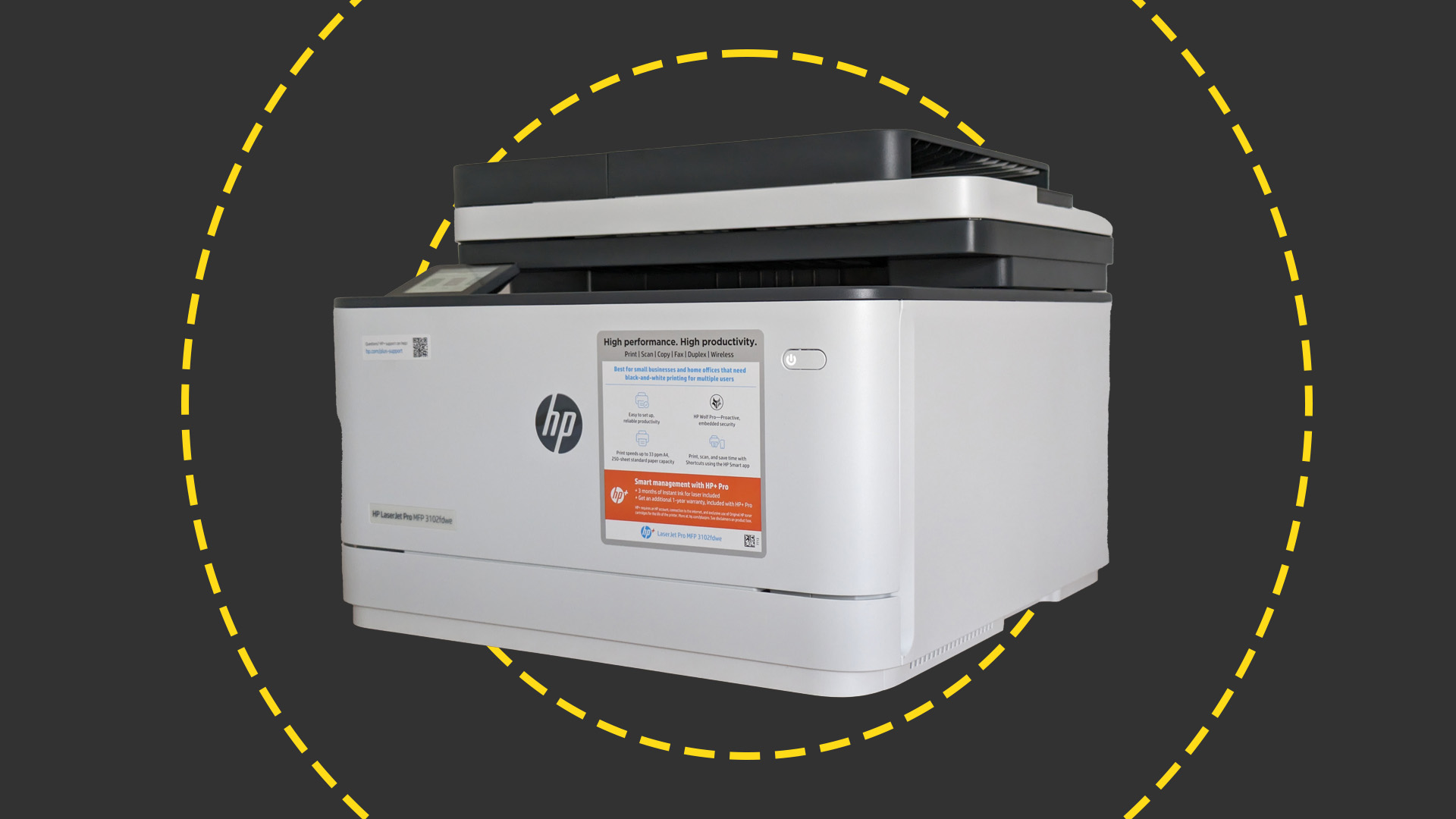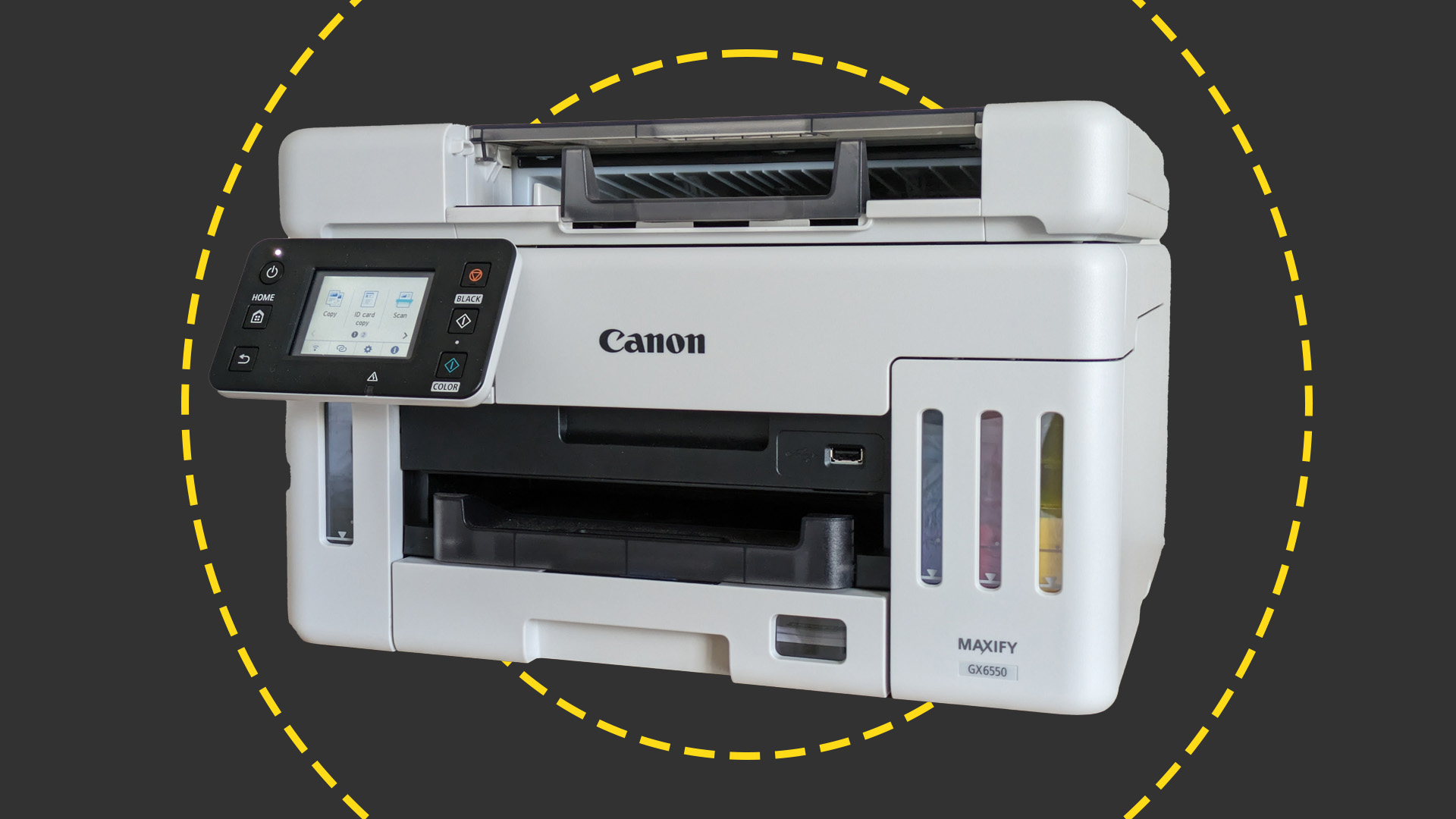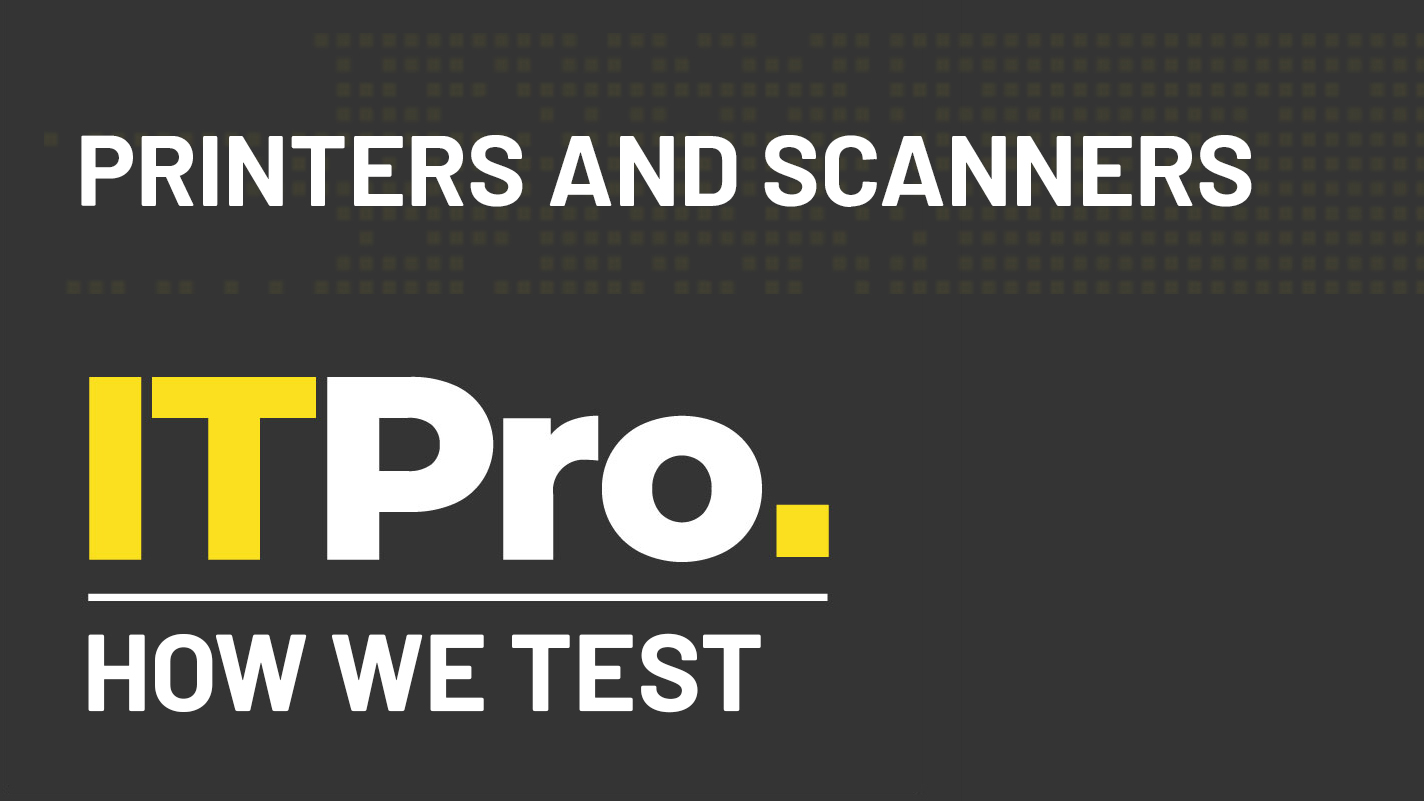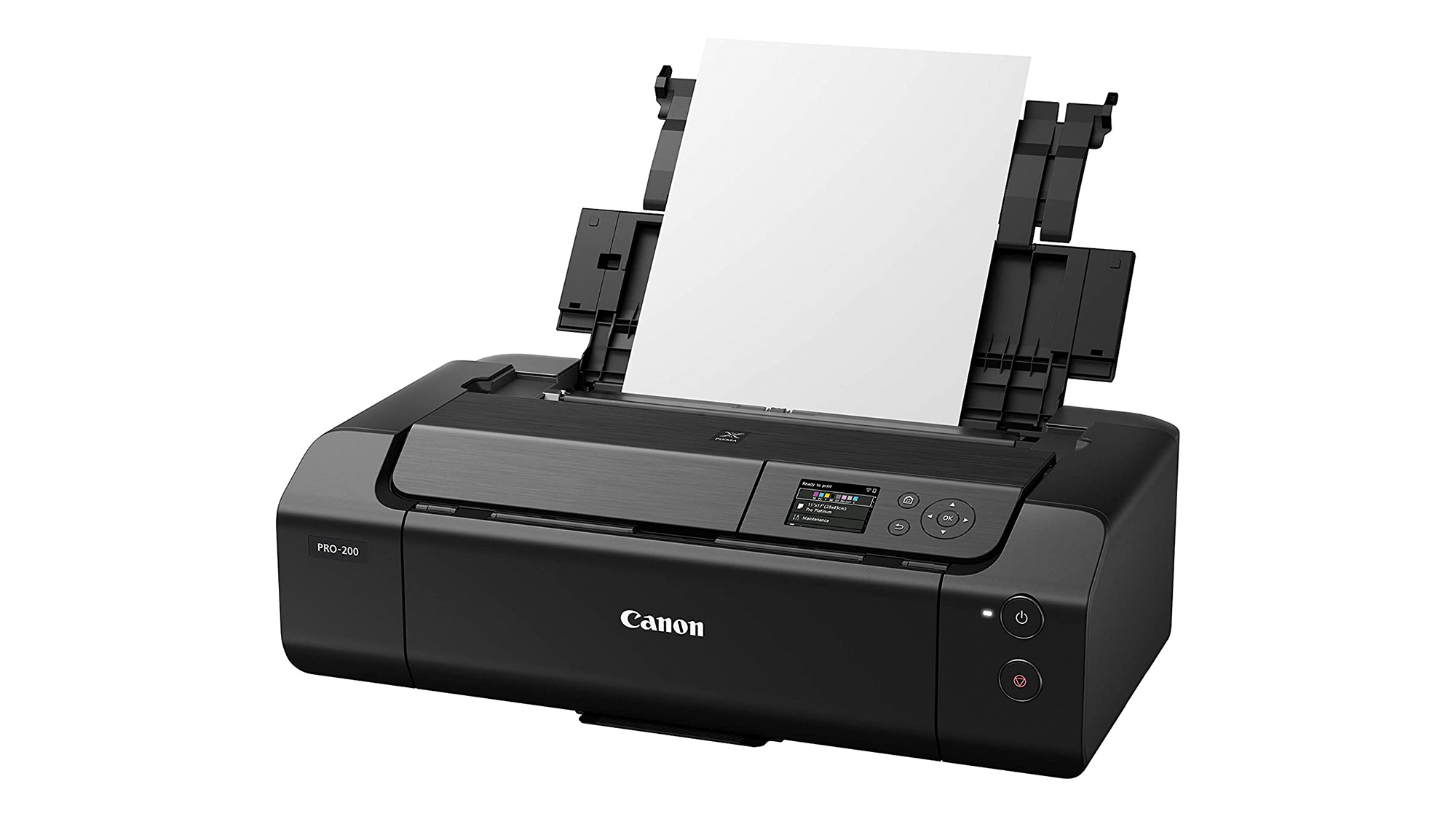Neglecting printer security is leaving you wide open to cyber attacks
Printers can become a gateway for hackers to access wider networks


If you need another reason to hate printers, you can add 'security risk' to the list.
A new study from HP Wolf Security reveals that printer security is routinely neglected, with businesses failing to carry out firmware upgrades.
Only 36% of IT and security decision-makers apply printer firmware updates promptly, even though IT teams spend an average of 3.5 hours per printer, per month managing security issues.
30% off Keeper Security's Business Starter and Business plans
Keeper Security is trusted and valued by thousands of businesses and millions of employees. Why not join them and protect your most important assets while taking advantage of this special offer?
Steve Inch, global senior print security strategist at HP, said an often overlooked aspect of printer security is the fact they’re no longer just “harmless office fixtures”.
“They’re smart, connected devices storing sensitive data,” he said. “With multi-year refresh cycles, unsecured printers create long-term vulnerabilities.”
"If compromised, attackers can harvest confidential information for extortion or sale,” Inch added. “The wrong choice can leave organizations blind to firmware attacks, tampering or intrusions, effectively laying out the welcome mat for attackers to access the wider network.”
Printer security is becoming a nightmare
Security gaps are appearing at every stage of the product lifecycle, researchers found, with only 38% of respondents saying procurement, IT, and security teams collaborate to define printer security standards.
Sign up today and you will receive a free copy of our Future Focus 2025 report - the leading guidance on AI, cybersecurity and other IT challenges as per 700+ senior executives
Six-in-ten believe this lack of cross-functional collaboration puts their organization at risk.
Meanwhile, 42% said they don't involve IT or security teams in vendor presentations, with 54% failing to request technical documentation to validate security claims, and 55% failing to submit vendor responses to security teams for review.
Nor do they check the printer’s integrity, with more than half saying they can't confirm whether the printer has been tampered with in the factory or in transit.
Moreover, once the printer does arrive, only 35% of IT decision makers said they could identify whether it was vulnerable based on newly published hardware or firmware vulnerabilities.
Only 34% can track unauthorized hardware changes made by users or support teams while just 32% can detect security events linked to hardware-level attacks.
Another key security risk highlighted by the study centers around when printers reach end of life. A majority (86%) of respondents said data security is a barrier to reuse, resale, or recycling.
More than a third said they were uncertain whether printers can be fully and safely wiped.
Notably, a quarter of respondents said they play it safe by physically destroying printer storage drives, and one-in-ten destroy both the storage drives and the device itself.
Enterprises need to get their act in order
HP Wolf Security said organisations need to foster closer collaborative ties between IT, security, and procurement teams on this front to bolster security and resilience.
This includes making sure they get security certificates for products and supply chain processes, the report noted.
Similarly, they should apply firmware updates promptly, use tools to streamline printer policy-based configuration compliance, and select printers with built-in secure erasure capabilities to enable safe recycling.
"By considering security at each stage of a printer’s lifecycle, organizations will not only improve the security and resilience of their endpoint infrastructure, but also benefit from better reliability, performance, and cost-efficiency over the lifetime of their fleets,” said Boris Balacheff, chief technologist for security research and innovation at HP.
Make sure to follow ITPro on Google News to keep tabs on all our latest news, analysis, and reviews.
MORE FROM ITPRO
- The best compact printers for your business in 2025
- HP's AI printer push continues with new edge capabilities and security features
- The best all-in-one printers for your business in 2025
Emma Woollacott is a freelance journalist writing for publications including the BBC, Private Eye, Forbes, Raconteur and specialist technology titles.
-
 Google CEO Sundar Pichai says vibe coding has made software development ‘exciting again’
Google CEO Sundar Pichai says vibe coding has made software development ‘exciting again’News Google CEO Sundar Pichai claims software development has become “exciting again” since the rise of vibe coding, but some devs are still on the fence about using AI to code.
-
 15-year-old revealed as key player in Scattered LAPSUS$ Hunters
15-year-old revealed as key player in Scattered LAPSUS$ HuntersNews 'Rey' says he's trying to leave Scattered LAPSUS$ Hunters and is prepared to cooperate with law enforcement
-
 Westcoast named as full-service distributor for Kyocera’s A4 print solutions
Westcoast named as full-service distributor for Kyocera’s A4 print solutionsNews The new agreement will see Westcoast act as a “one-stop shop” for Kyocera’s ECOSYS A4 devices, consumables, and support
-
 Brother UK revamps inkjet lineup to drive partner opportunities
Brother UK revamps inkjet lineup to drive partner opportunitiesNews The vendor has replaced its A4 Mini Business and A4 Mini Regular printers to help channel partners meet increasing market demand.
-
 HP LaserJet Pro MFP 3102fdwe review: Hamstrung by high running costs and the restrictions of HP+
HP LaserJet Pro MFP 3102fdwe review: Hamstrung by high running costs and the restrictions of HP+Reviews hamstrung by high running costs and the restrictions of HP+
-
 Canon MAXIFY GX6550 Review: cheap to run and very compact, but not the greatest inkjet MFP
Canon MAXIFY GX6550 Review: cheap to run and very compact, but not the greatest inkjet MFPReviews The GX6550 has a neat cubby hole trick and it's very cheap to run, but it's compromised in other ways
-
 How we test printers and scanners
How we test printers and scannersReviews Everything you need to know about our benchmarking process for print devices
-
 How do laser printers work?
How do laser printers work?In-depth If you’re scratching your head wondering how laser printers work, then we’ve got all the answers here
-
 LED vs laser printers: Which is better for business?
LED vs laser printers: Which is better for business?In-depth Laser and LED printer technology is similar, but each come with their own unique benefits that could make them best for your company
-

 Canon Pixma Pro-200 review: A single-function superhero
Canon Pixma Pro-200 review: A single-function superheroReviews Everything about the Pro-200 is massive, from its price to its A3+ printing, but the photos are phenomenal

